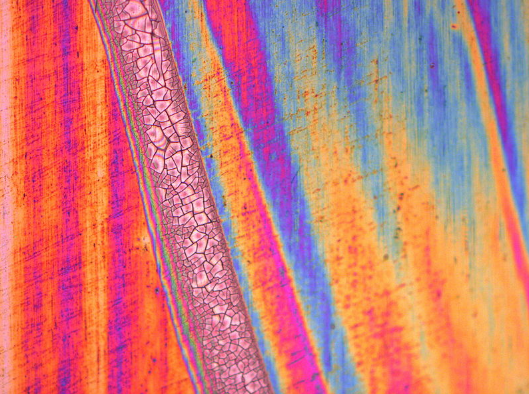Phononic crystals with wide band gaps that are robust to imperfections and deformations
- Zian Jia

- Feb 10, 2019
- 3 min read
Updated: Mar 14, 2019
Metamaterials with phononic band gaps are very interesting architected materials that offer exceptional control over phonons, sound, and other mechanical waves. This unique feature brings rich physical phenomena such as negative refractive index, negative density, and negative mass, and enables a broad range of applications, including perfect mirrors/lenses, waveguides, frequency modulators, acoustic clocks, and thermal insulators.

The two fundamental physical mechanisms at the origin of phononic band gaps are Bragg scattering and local resonances. Band gaps generated by Bragg scattering can be wide, but are intrinsically sensitive to imperfections and deformations, while those produced by local resonances are robust, but typically narrow.
The two fundamental physical mechanisms at the origin of phononic band gaps are Bragg scattering and local resonances. The Bragg scattering mechanism can give broad band gaps but they’re intrinsically sensitive to defects and deformations. By contrast, the local resonances mechanism could produce band gaps that are insensitive to randomness, but the band gaps are typically narrow. As such, designing phononic crystals with wide and robust band gaps is elusive. This is an important reason why regardless of numerous phononic crystals proposed in recent decades, as far as we known, no material has been shown to possess simultaneously wide and robust band gaps.

In most applications, for instance, waveguides, frequency modulators, acoustic clocks, wide and robust band gaps are in fact highly preferable. This is the motivation for us to design phononic metamaterials that could solve this dilemma. Based on some previous studies, we think that combining Bragg scattering and local resonance might provide one possible solution. Following this ideal, we design a 2D lattice metamaterial with cylindrical masses introduced to the center of each cell wall of a conventional hexagonal lattice. Our numerical simulations then verified that such design does possess wide (relative gap width ~120%) and robust phononic band gaps.
The robustness of the phononic band gaps are then discussed from two aspects: robust to geometric randomness (manufacture defects), and robust to deformations (mechanical stimuli). In the discussion of geometric randomness, theoretical models are developed using structure mechanics and uncertainty analysis, which is highly consistent with numerical simulations and gives a quantitative evaluation of the effect of each designing parameter of the lattice metamaterial. In the discussion of deformation robustness, we realize that a local resonance mechanism does not necessarily lead to a deformation robust phononic crystal if instability takes place at deformation and changes the geometric pattern of the material. In the proposed lattice metamaterial, the instability is greatly suppressed with the existence of cylinders. As such, the physical reason of the deformation robustness is unraveled as the local resonance dominant mechanism together with the suppression of structural instability.

Finally, we demonstrate that the metamaterial with a layer thickness of 3 unit cells is capable to provide an attenuation of 60 dB. Therefore, the porous lattice metamaterials can be made thin and lightweight along with the wide and robust band gaps. The design methodology can be further expanded to various 2D and 3D lattice structures. Importantly, since phononic properties are size and material independent, the design can be applied to various length scales and materials. Potential applications of the proposed architected metamaterials include thin layer materials for noise and vibration control, robust surface coatings for wave modulation and mitigation, and flexible/deformable phononic devices.
For details the readers may refer to our paper published in Physical Review Applied 9.4 (2018): 044021.






Comments